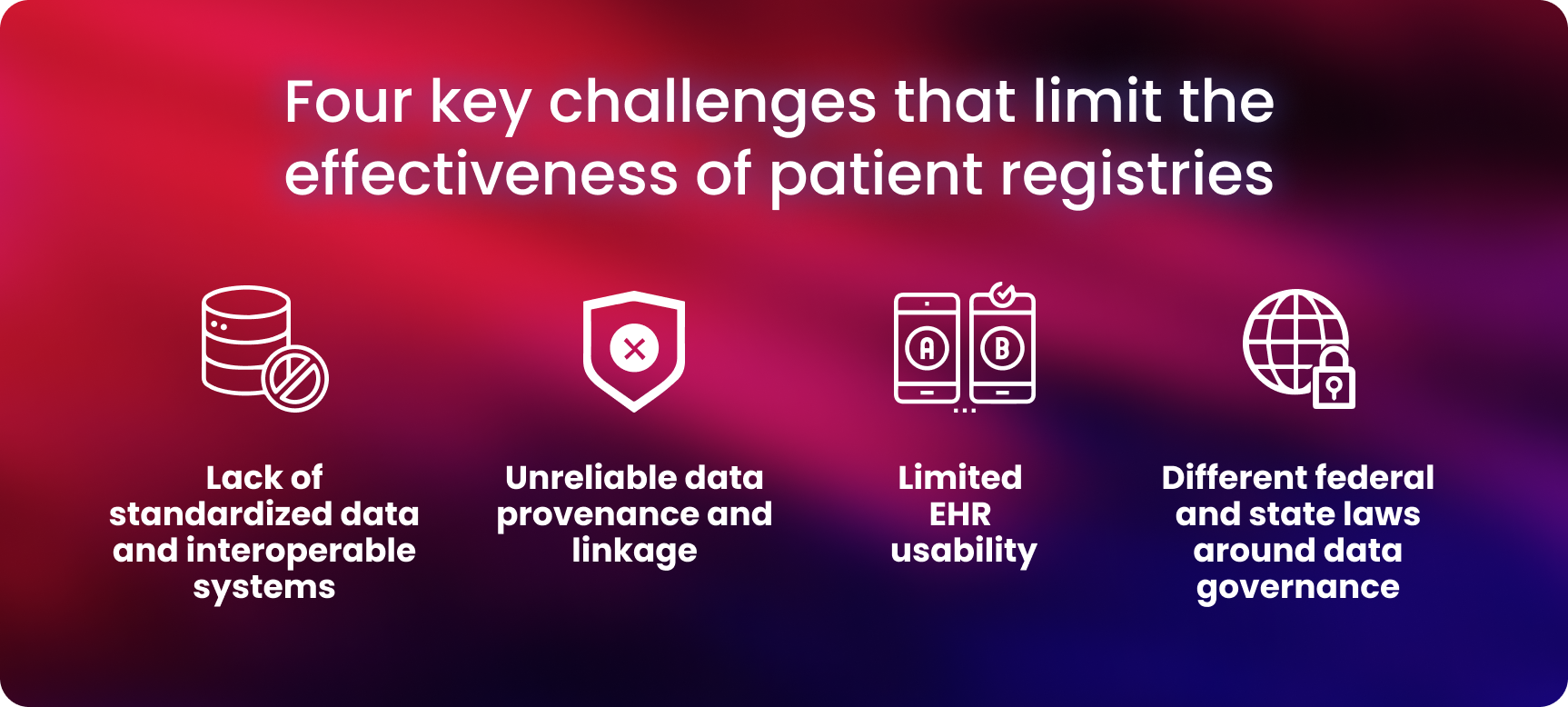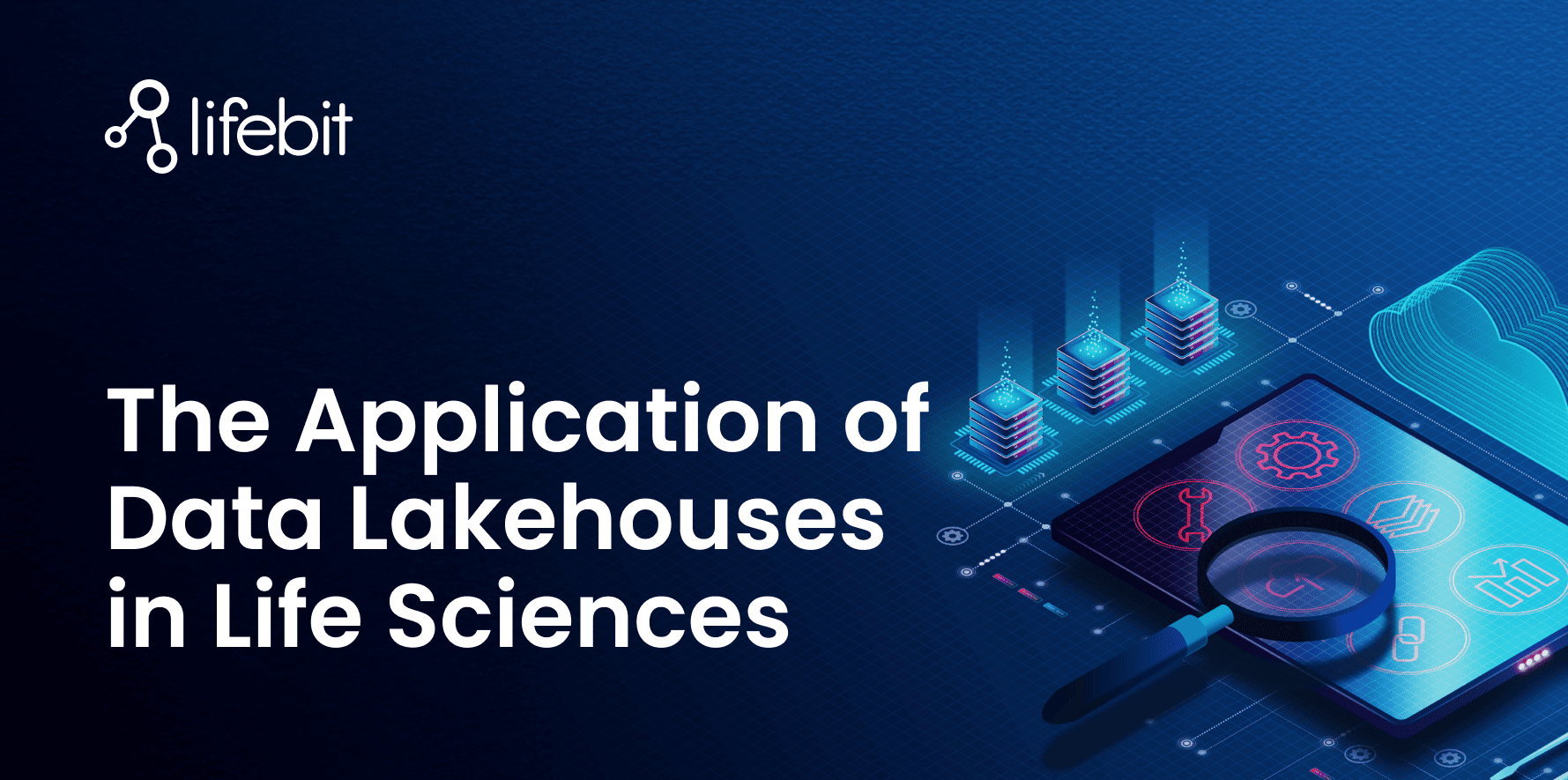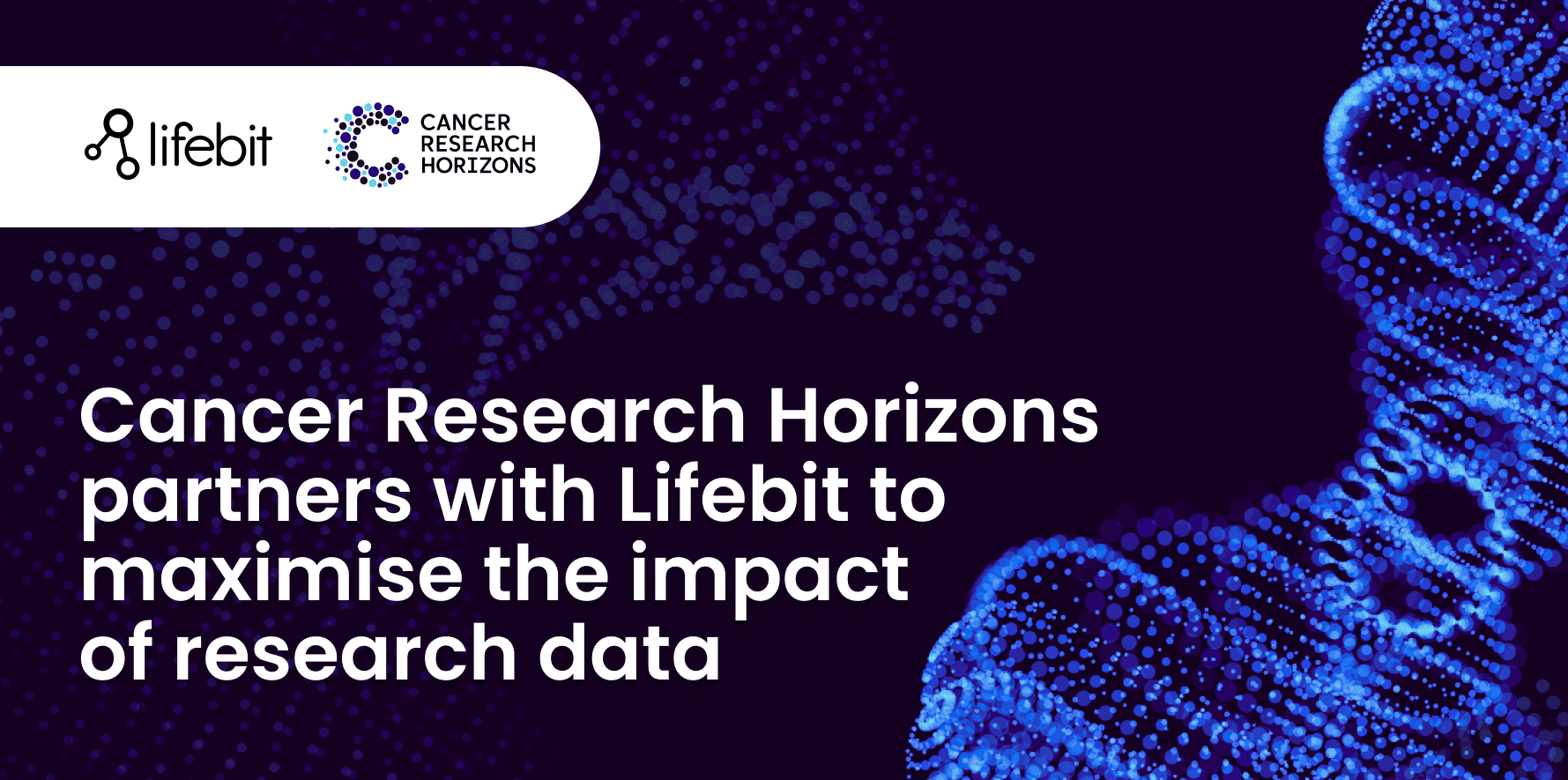

Challenges facing patient registries in the US
Lifebit
Introduction to patient registries
Patient registries are databases that collect and store information about patients with a particular disease or condition.
Research activities, healthcare system improvements and drug development all depend on the existence of such registries in providing vital health data.
The United States (US) healthcare system is complex. This complexity creates significant challenges for patient registries, making it difficult for patient registries to succeed. This article discusses challenges associated with building and maintaining effective patient registries in the US.
Considerations in building effective patient registries in the US
The US healthcare system is not a single entity but consists of federal, state and non-profit, and for-profit health systems and hospitals. The COVID-19 pandemic exposed many of the issues associated with this fragmented approach and highlighted the lack of centralized coordination between local, state and federal health agencies.
In addition to the challenges of healthcare provision and equitable access, fragmentation across the US health system also poses challenges to patient registries that aim to effectively manage patient databases. Below are four key challenges within the US that can limit the effectiveness of patient registries.
1. Lack of standardized data and interoperable systems
In 2009, the Health Information Technology for Economic and Clinical Health (HITECH) Act was passed. HITECH legislated financial incentives to encourage electronic health record (EHR) adoption by hospitals and other healthcare providers.
Although the HITECH Act was meant to promote interoperability and deter information blocking amongst many EHR providers, interoperability continued to be a problem because healthcare information exchange was not incentivized.
One major issue is the lack of standard formats and protocols for sharing patient information between health systems. For example, health insurance companies, nursing homes, and pharmacies all have their own information systems.
In addition, the US healthcare system is overly represented by for-profit stakeholders. This creates disincentives to share information, including in patient registries, or to invest in interoperability efforts and has resulted in accusations of "information blocking" by healthcare providers and EHR vendors.
2. Unreliable data provenance and linkage
Data provenance is important for using data for research. As patient registries can contain patient data from multiple sources (as shown in table 1), data linkage can be complex and problematic. Unfortunately, the fragmented healthcare landscape in the US creates an obstacle to data provenance and accurate data linking.
Table 1. What are the sources of patient registry data?
| Electroning health Records (EHR) | Administrative claims databases | Laboratory information management systems (LIMS) | Pharmacy information management systems (PIMS) | Imaging (e.g. MRI) | Medical devices (e.g. blood glucose monitor) | Wearables and self-reported (e.g. smartwatches) |
In the US, every private health provider, patient registry, EHR, and health insurance claims database gives patients an individual ID. In the case of patient registries, actual patient identifiers are rarely used. A table connects a patient's name with their anonymous ID. Whilst this improves security and enhances patients’ privacy, mistakes in the connection between the patient's name and the anonymous ID can happen.
When data are exchanged across healthcare providers, algorithms that match individual and demographic data may also introduce inaccuracies. Linking health insurance records in registries is complex and biased because it excludes uninsured individuals.
3. Limited EHR usability
The HITECH Act prompted people to rapidly adopt EHRs that complied with regulations. However, these EHRs primarily focused on billing and avoiding legal issues, rather than focused on the clinical or research benefits of patient information sharing.
This has resulted in inflexible and difficult to use software which can have negative consequences for patients and research studies. Research studies rely on registry data from EHRs, which often lack important demographic information or contain incorrect data.
4. Different federal and state laws around data governance
Patient registries designed for the purposes of research may be funded and managed by a variety of organizations (eg, federal, state, non-profit, and private). In the US, the complexity of navigating between federal and state laws governing how data may be shared between providers also depends on the intended use of the data.
For example, patient data is protected at the federal level with the Health Information Portability Act (HIPAA). However, there are instances where HIPAA Rules are not applied and these regulations may not be clear to healthcare providers, creating bureaucratic bottlenecks and stifling data exchange.
Developing interoperability solutions: the 21st Century Cures Act
The 2016 Cures Act defined interoperability and banned information blocking in healthcare. It mandated using Fast Healthcare Interoperability Resources (FHIR) as the healthcare data standard with an application programming interface (API) for exchanging EHR data. It is managed through Health Level Seven International (HL7), a global healthcare standards development organization.
Featured resource: Discover Lifebit's approach to health data standardization
Future directions - the role of novel data and optimized patient registry software to make data securely accessible and usable
As more patient data is collected and more data types are accessible, registries will explore beyond EHRs and connect with these new data types and sources. This can include real-world data, patient-reported outcomes and data from wearables.
However, the incorporation of these data sources is challenging in many cases. Further research to develop tools to help registries understand the quality of other data sources and the potential impact of incorporating these data into the registry database will help inform these decisions.
Look out for our upcoming article that considers the important features of patient registry software. This innovative software is making it easier to securely access patient registry data, helping to contribute better patient outcomes.
Summary
Patient registries are essential for healthcare providers, researchers, and patients. These databases play a crucial role in improving patient care, advancing medical research, and identifying gaps in care. With the help of next-generation patient registry software, medical research foundations can seamlessly provide valuable insights and improve the healthcare industry. Look out for our next blog in the series that discusses some of the key challenges that patient registries face, specifically in the US
About Lifebit
Bring your health data to life with our end-to-end data management suite. Make your organization's data usable, securely accessible and impactful to accelerate research and ultimately improve patient outcomes.
Featured news and events

2025-03-26 11:17:46

2025-03-14 15:45:18

2025-03-05 12:49:53

2025-02-27 10:00:00

2025-02-19 13:30:24

2025-02-11 08:39:49

2025-01-30 12:47:38

2025-01-28 08:00:00

2025-01-23 09:07:20

2025-01-08 13:58:41

.png)

